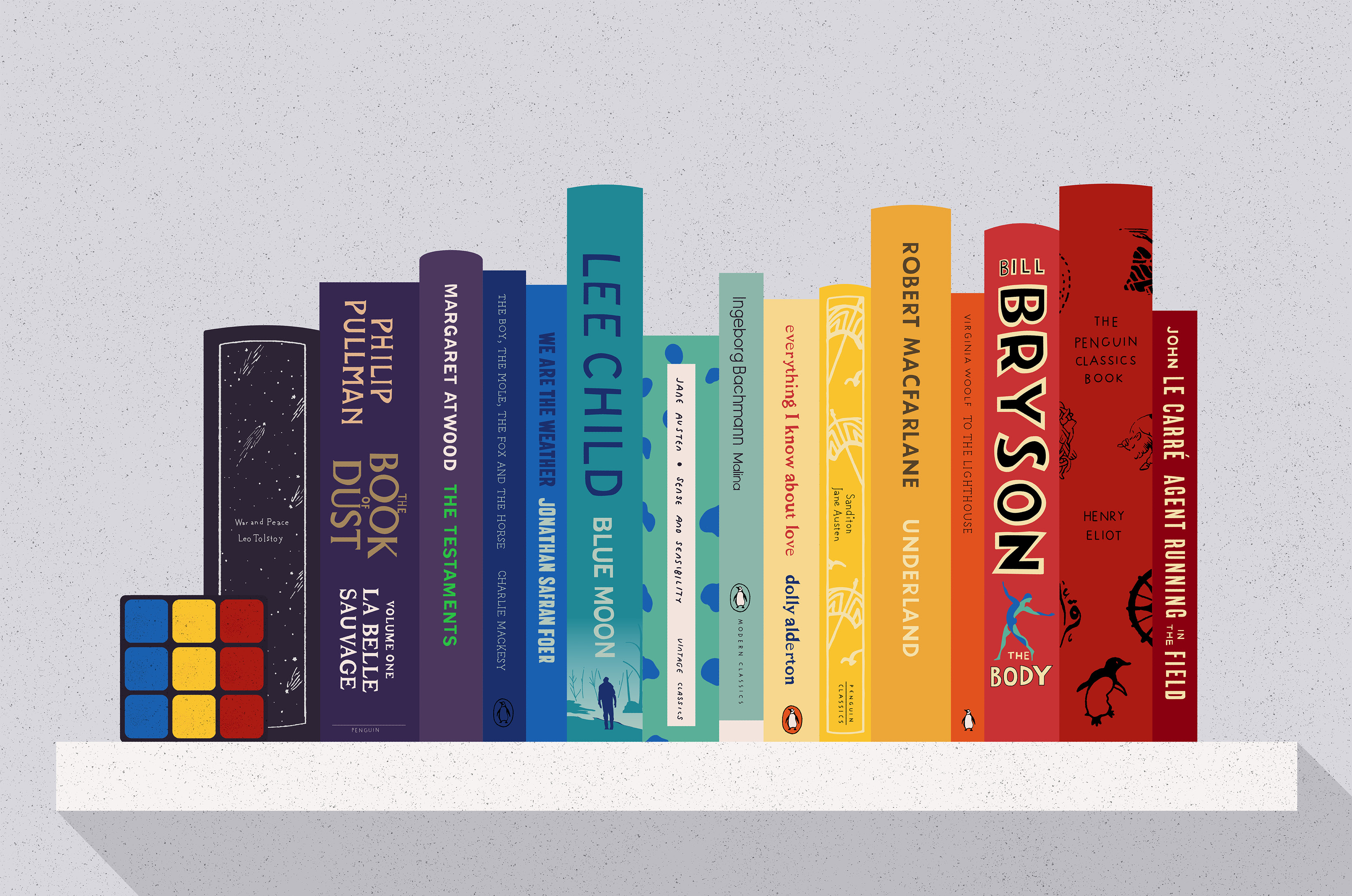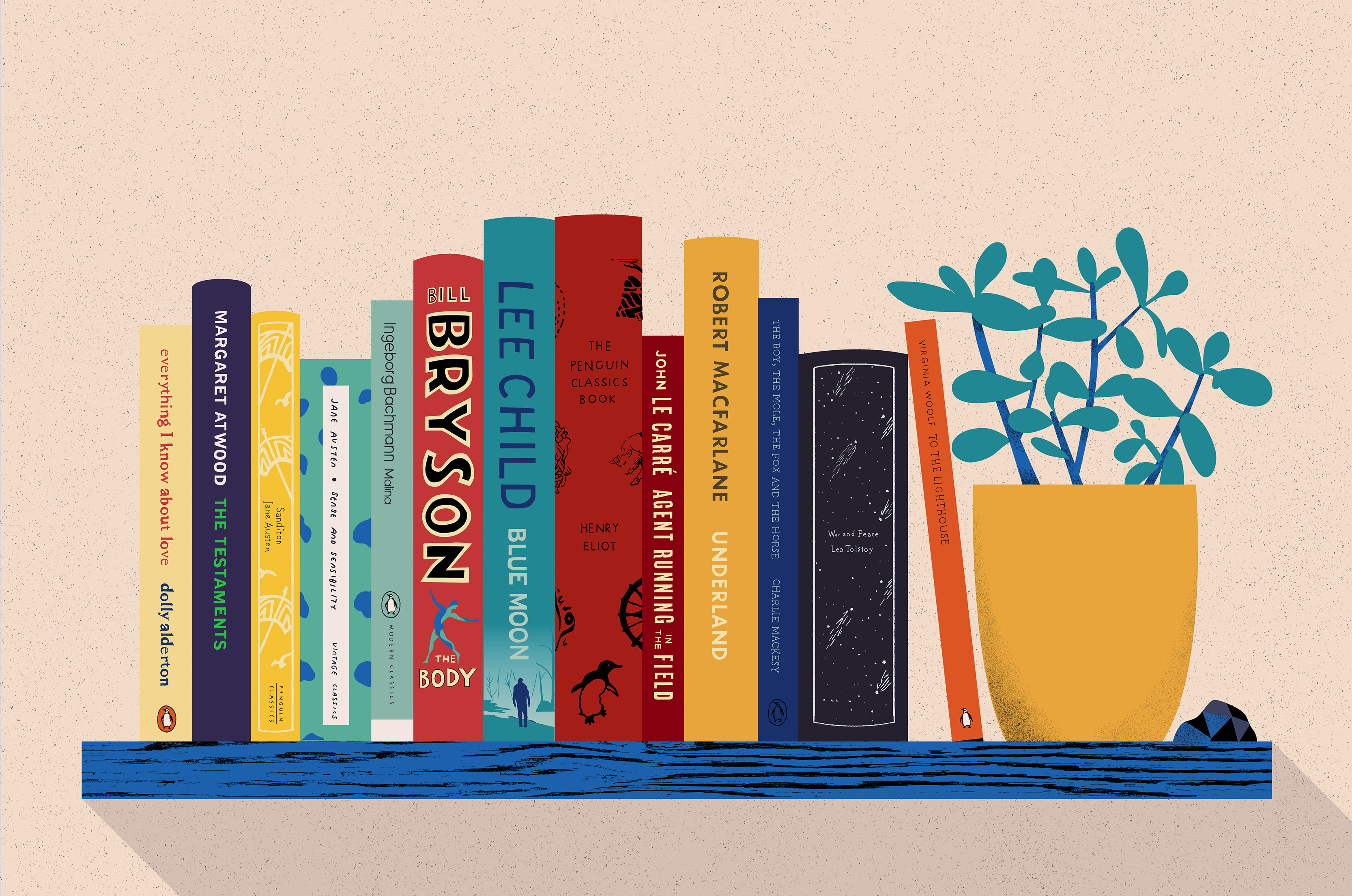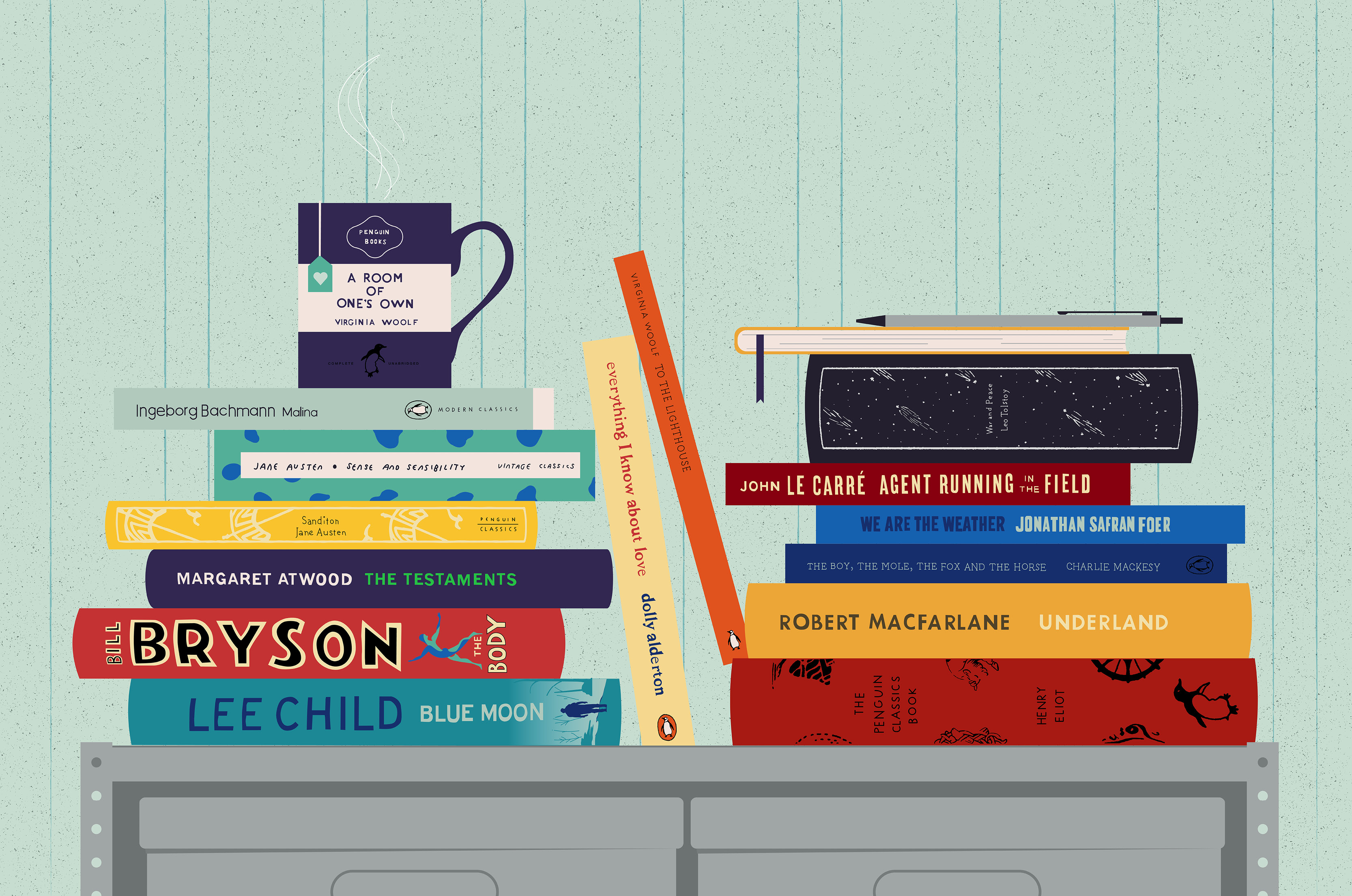- Home |
- Search Results |
- What the way you arrange your bookshelves says about you

To politely paraphrase the film director John Waters: "If you go home with somebody, and they don't have books – leave."
Which is to say, books are a window into the soul. They're the bricks that build your knowledge, hopes and personality. To share your shelf is to share yourself – so it stands to reason you would want to show them off properly.
The question is how: Are you the librarian-type, with everything arranged by genre? An alphabet tyrant with nothing out of place? Or more of a slap-dash aesthete who wants to gaze upon a colour-coded rainbow?
Here are six of the biggest bookshelf tribes, and what each approach says about you.
Alphabetical

The classic. It works fine for bookshops, so why wouldn’t it work fine for you? OK, it’s a trifle unimaginative, but it shows you’re someone who cares deeply about books and wants to know exactly where they are at all times: Jane Austen to the left, Benjamin Zephaniah to the right. Simple.
There is one obvious problem with the alphabet method, though, as one anyone who’s ever returned home with a new book knows. Into your living room you walk, armed with Bernardine Evaristo’s Booker-winning Girl, Woman, Other, and have to spend the next half an hour pulling all the Es off the shelf before shunting everything from Sebastian Faulks onwards an inch to the right to make space for it. That, or buy a bigger shelf.
What it says about you: You’re a voracious reader who wants to find any book in your (probably vast) collection quickly.
By genre
You’ve got a broad mind, and the shelves to prove it. A flexible method, this. One way is to let each genre bleed seamlessly into the next: history to historical fiction; crime fiction to true crime; science to sci-fi; and so on. Another is to arrange your chosen subject areas alphabetically.
Of course, your genres don’t have to be so prosaic – part of the fun of the genre approach can be coming up with your own categories. How about 'Books with Happy Endings'; 'Hopeful non-fiction'; or 'Horrors Where the Villain’s an Animal', TikTok-style? The greatest conundrum here, of course: does your copy of Michelle Obama’s Becoming go under B for Biography or M for Memoir. Or does it, actually, go in I for Inspirational women? Tough call.
What it says about you: You’re cultured, you’re interesting, you know a lot about a lot.
Colour coded

Books are knowledge, but they can also be art. If you use Instagram you’ve likely seen a lot of people organising their shelves by colour into a kind of rainbow. It’s popular. Of course, the colour code does carry sacrifices. First, you will have to come to terms with at least one entire shelf of cobalt-blue thanks to all your Lonely Planets and Rough Guides (which can, in the mind of a true perfectionist, throw off the aesthetic a little).
Second, and perhaps more importantly, it becomes near-impossible to find anything quickly for anyone without the memory of a Patchwork Elephant. Instead you’ll find yourself scanning your shelves for half an hour every time you want to find a book (even longer if you’re colour blind). But then, a few lost hours a year is a small price to pay for aesthetic beauty. Plus, it looks great through an Insta-filter.
What it says about you: You’re a visual thinker with a creative eye. And lots of time on your hands.
Chronological
Susan Sontag called this "the Beowulf to Virginia Woolf principle". Make no mistake: this does not mean organising your books by publication date. No, the challenge is to turn your shelf into a literary timeline arranging them by period in which they are set, decade by decade, era by era.
You might, as Sontag did, want to separate your chronological library into fiction and non-fiction. But then, putting, say, AN Wilson’s seminal history The Victorians next to Oliver Twist is quite a fun way to learn more about Victorian workhouses, or what gruel actually is.
What it says about you: You know your history. You have an academic bent. You’re the person your friends text under the table when they're at a pub quiz.
By value
No, not literally by how much you paid for each book, but by how much each is of value to you. This is the most personal method on the list, and certainly the most difficult to do. But it is particularly handy if any part of your bookshelves is near a window and therefore damaging, direct sunlight. That’s the spot you put your least-valued books; the most important – the first editions, the signed copies, the books that changed your life – should stay safely in the dark.
What it says about you: Books have shaped you and are the trophies of your past. You may also be a touch sentimental.
Stack ‘n’ pack

In short: you lay your books on their sides in piles. You’ll need sturdy shelves for this one, unless you want to be woken up in the middle of the night by the crash of wood and plaster. Alternatively, you could stack them on the floor in towers to create a little book city and pretend you’re Gulliver.
The best thing about this method is that you can fit a lot more books into your home. The downside: getting a book from the bottom of the pile can end painfully.
What it says about you: You have a 'what will be will be' approach to life, and don't believe in too much order. You may also have a small taste for danger.
Illustrations by Mike Ellis
How do you arrange your bookshelf? Let us know by emailing editor@penguinrandomhouse.co.uk.